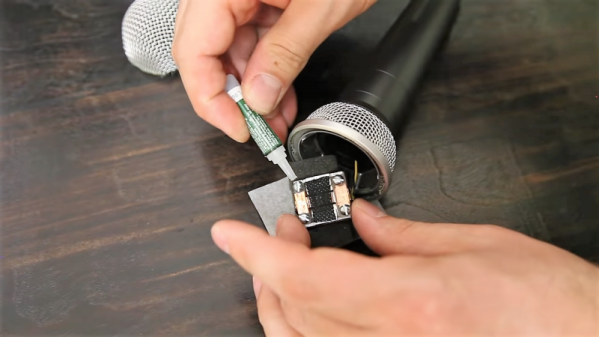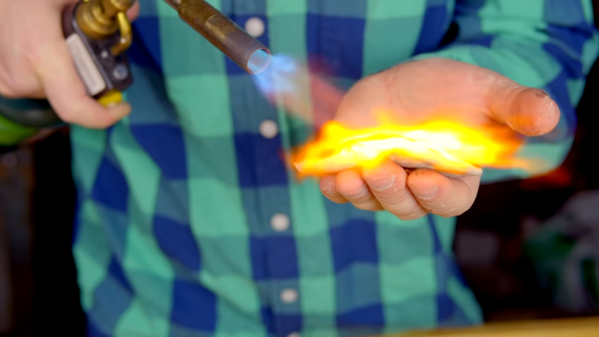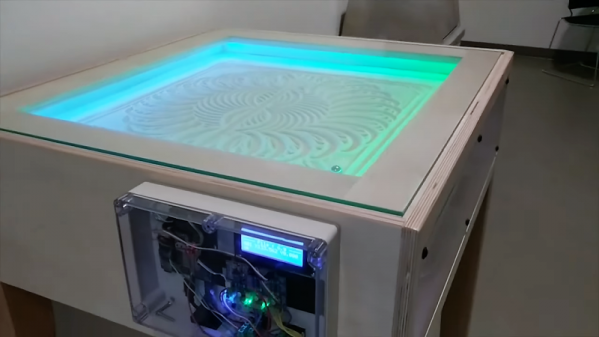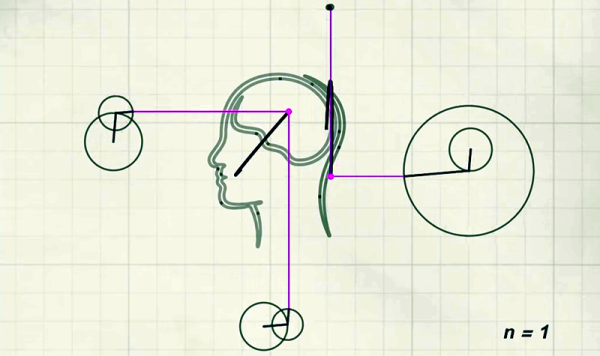Low-slung body style. Four-wheel drive. All electric drivetrain. Turns on a dime. Neck-snapping acceleration. Leather seating surface. Is it the latest offering from Tesla? Nope; it’s a drill-powered electric utility vehicle, and it looks like a blast to drive.
Surprisingly, this isn’t a just-for-kicks kind of build. There’s actually a practical reason for the low form factor and long range of [Axel Borg]’s little vehicle. We’ll leave the back story to the second video below, but suffice it to say that this will be a smaller version of the crawler NASA used to roll rockets out to the launch pad, used instead to transport his insanely dangerous looking manned-multicopter. The running gear on this vehicle is the interesting bit: four hefty electric drills, one for each of the mobility cart wheels. The drills are powered by a large series-connected battery pack putting out 260V at full charge. The universal motors of the drills are fine with DC, and the speed of each is controlled via the PWM signals from a pair of cordless drills. The first video below shows [Axel] putting it through its paces; he didn’t hold back at all, but the vehicle kept coming back for more.
We know this cart is in service to another project, but we’d have a hard time concentrating on anything if we had the potential for that much fun sitting in the shop. Still, we hope that multirotor gets a good test flight soon, and that all goes well with it.
Continue reading “A Quartet Of Drills Put The Spurs To This Electric Utility Vehicle”



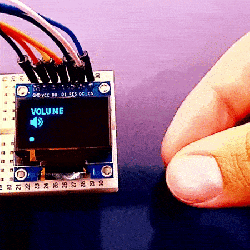 The project uses the TPA81 8-pixel thermopile array which detects the change in heat levels from 8 adjacent points. An Arduino reads these temperature points over I2C and then a simple thresholding function is used to detect the movement of the fingers. These movements are then used to do a number of things including turn the volume up or down as shown in the image alongside.
The project uses the TPA81 8-pixel thermopile array which detects the change in heat levels from 8 adjacent points. An Arduino reads these temperature points over I2C and then a simple thresholding function is used to detect the movement of the fingers. These movements are then used to do a number of things including turn the volume up or down as shown in the image alongside.
